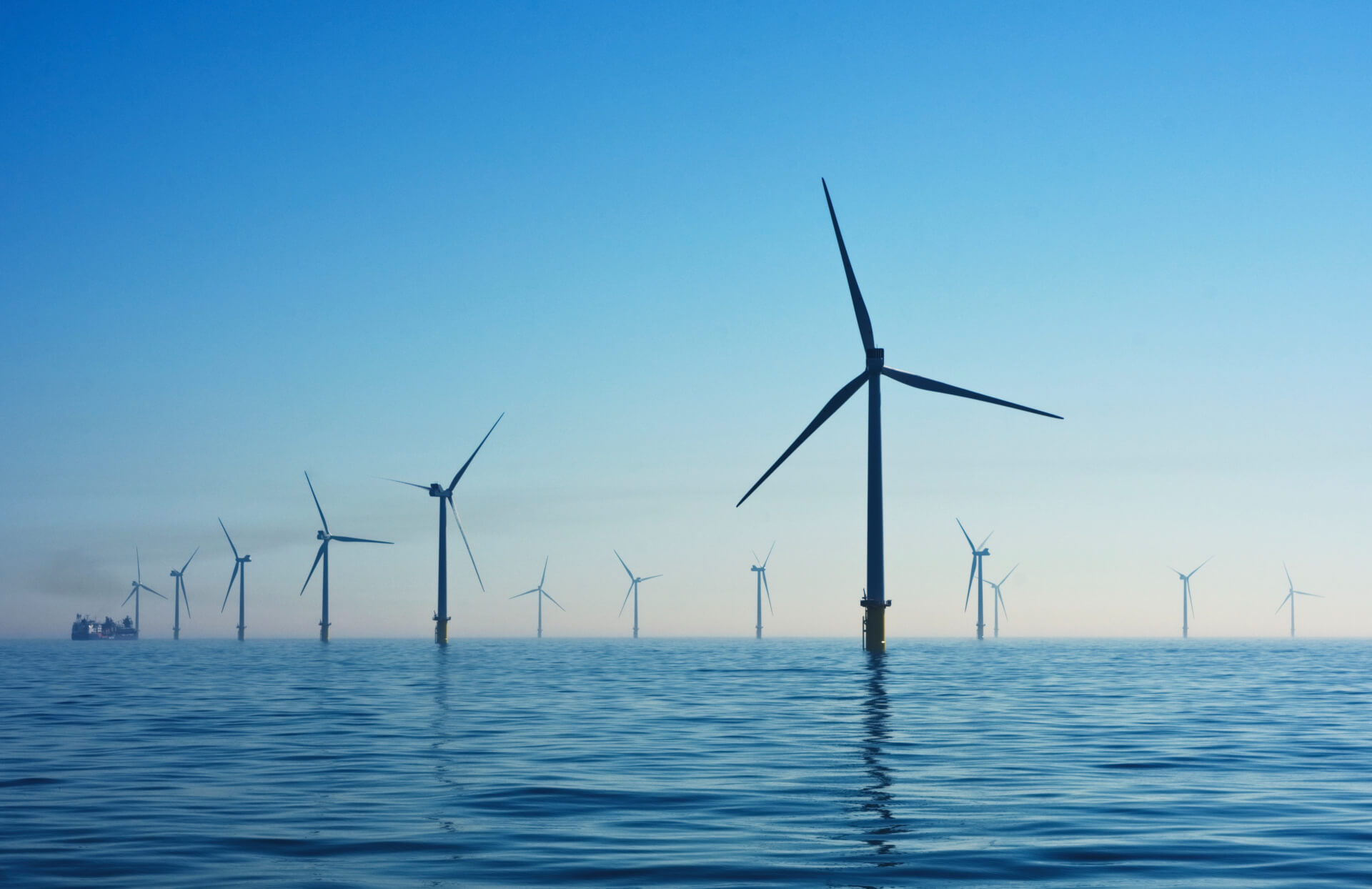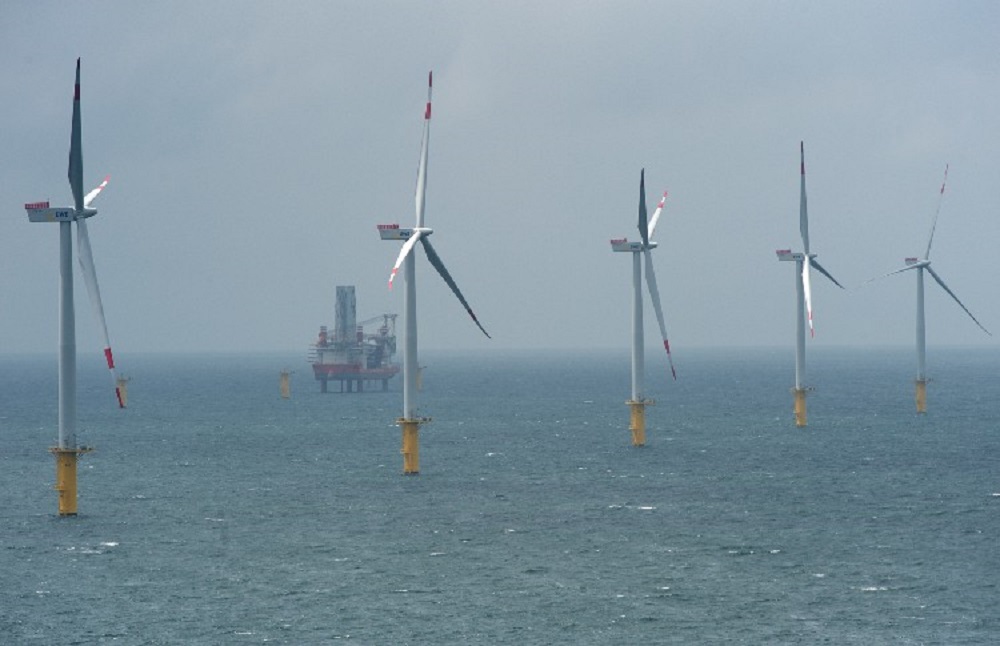Paper Industry a Valuable Spoke in Renewable Portfolio Standard Wheel
As the Maryland General Assembly considers the Clean Energy Jobs Act, this proposed extension of the state renewable energy portfolio standard sits squarely center stage. Key questions and decision points around renewable energy credits and the types of energy that make up the RPS are under examination.
And, they should be.
The act’s provisions stand to impact the environment, ratepayers and the economy for generations to come.
That’s why legislators and the public must understand as much as possible about the energy sources that will fuel the RPS. Wind and solar are central spokes of that wheel, but the paper industry has made important contributions to renewable energy as well and deserves to retain its place there.
As some seek to dismiss the paper industry’s role from participating in Maryland’s renewable energy future, let’s be clear about a number of points so no one is misled.
Our companies have long applied sustainable manufacturing practices to protect the environment, create jobs and expand the economy. That’s nothing new. Take renewable biomass energy, for example.
Paper companies secure a large portion of their own heat and power through renewable, forest-based biomass. The source: leftover materials not used in the production process like tree limbs, bark and liquid biomass, the latter of which are natural organic compounds, in particular a liquid biofuel called lignin.
This process reduces needs for companies to purchase electricity or fossil fuels for their manufacturing process and allows them to sometimes provide renewable power to the grid, not to mention yielding significant carbon-reducing benefits by reducing dependence on fossil fuel. Moreover, our mills have made large investments in emissions controls to meet stringent standards that protect public health with an adequate margin of safety.
If these materials were hauled off to a landfill and left to decompose, they would take up valuable space and emit methane – one of the most potent greenhouse gases.
And, here’s another benefit of biomass.
When the sun is not shining or the wind isn’t blowing, biomass is a reliable baseload energy.
On another topic of discussion – renewable energy credits – out-of-state paper mills that contribute to the RPS are no different than other forms of renewable energy. Why?
In 2017, more than 80 percent of the Tier 1 non-solar renewable energy credits came from facilities outside of Maryland. And the wind facility that generated the most wind RECs used for compliance in Maryland is located in Illinois.
Our dedicated, hard-working union members understand that innovation and sustainable manufacturing processes will preserve the natural resources that are so central to a vibrant future for our industry in Maryland. For the entire forest products industry, we’re talking about more than 6,000 jobs and more than $320 million in income at 44 facilities, including 39 paper manufacturing facilities (two pulp, paper and paperboard mills and 37 converted paper products facilities).
Renewable forest-based biomass has been a part of the renewable energy solution and should keep its place in a renewable portfolio standard that keeps Maryland’s renewable energy future smoothly rolling forward.
–Jim Strong
The writer is assistant to the director of the United Steel Workers District 8.



 Creative Commons Attribution
Creative Commons Attribution